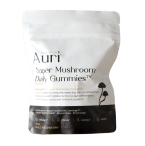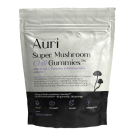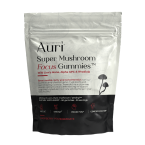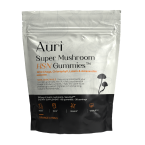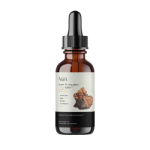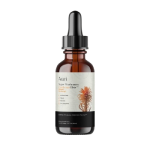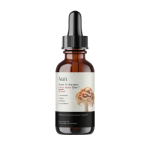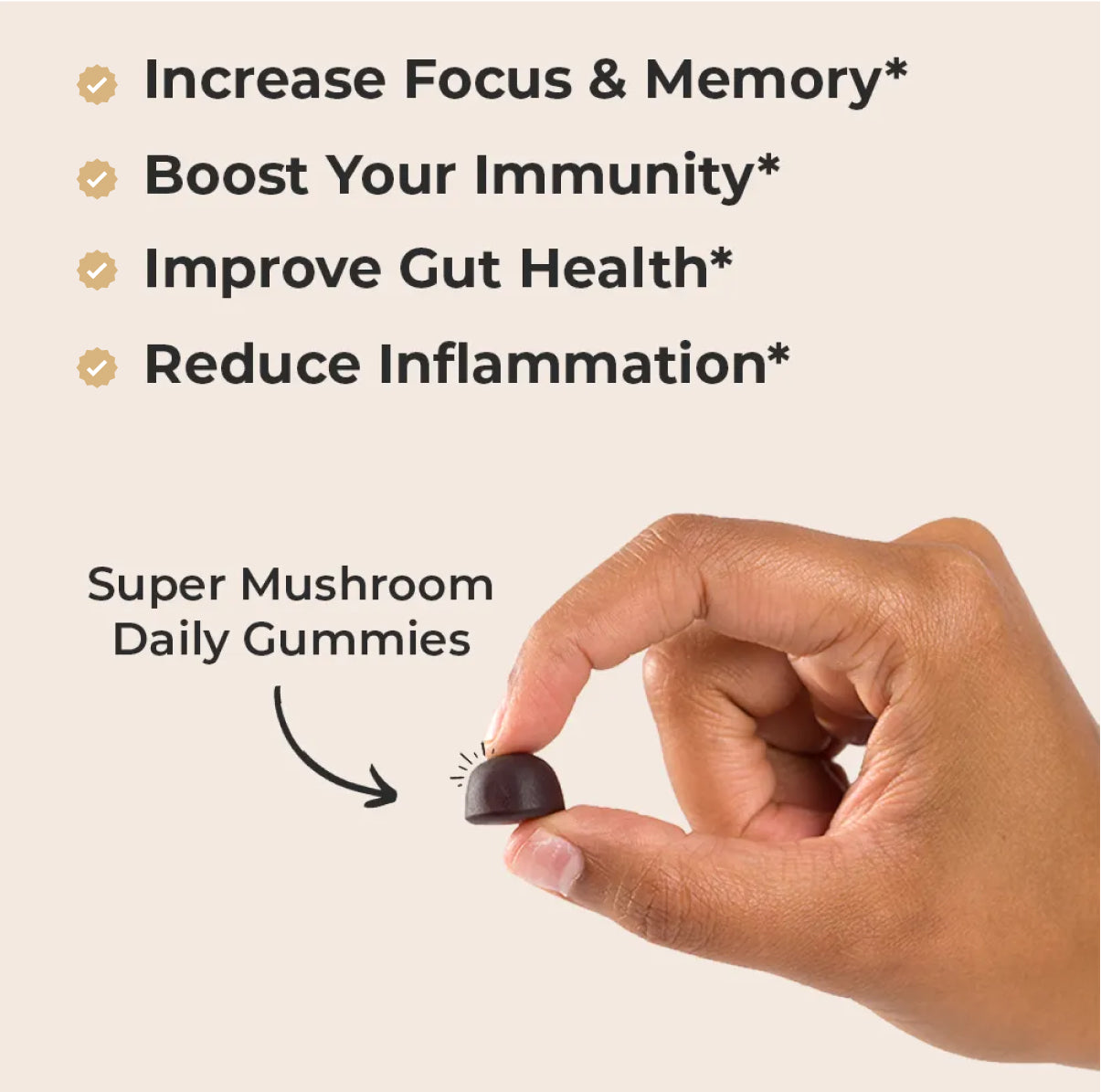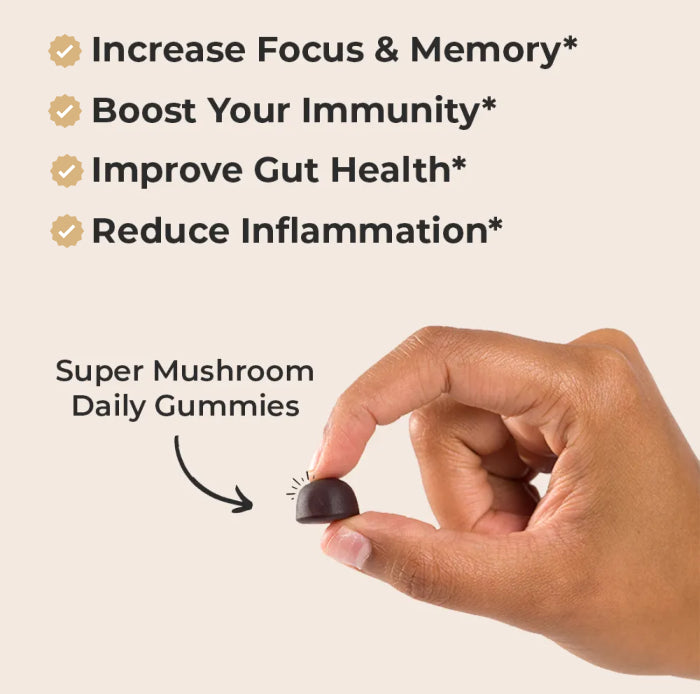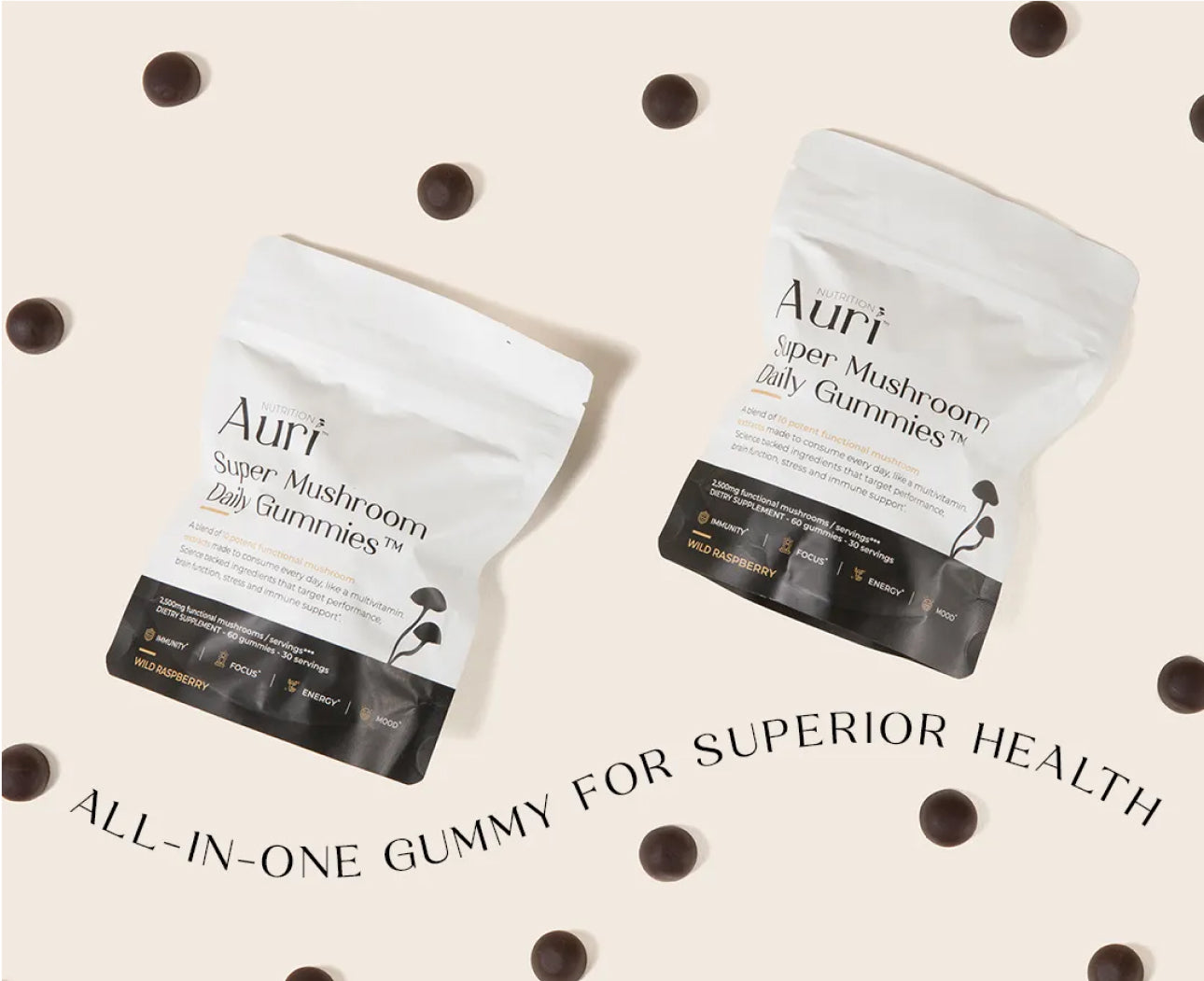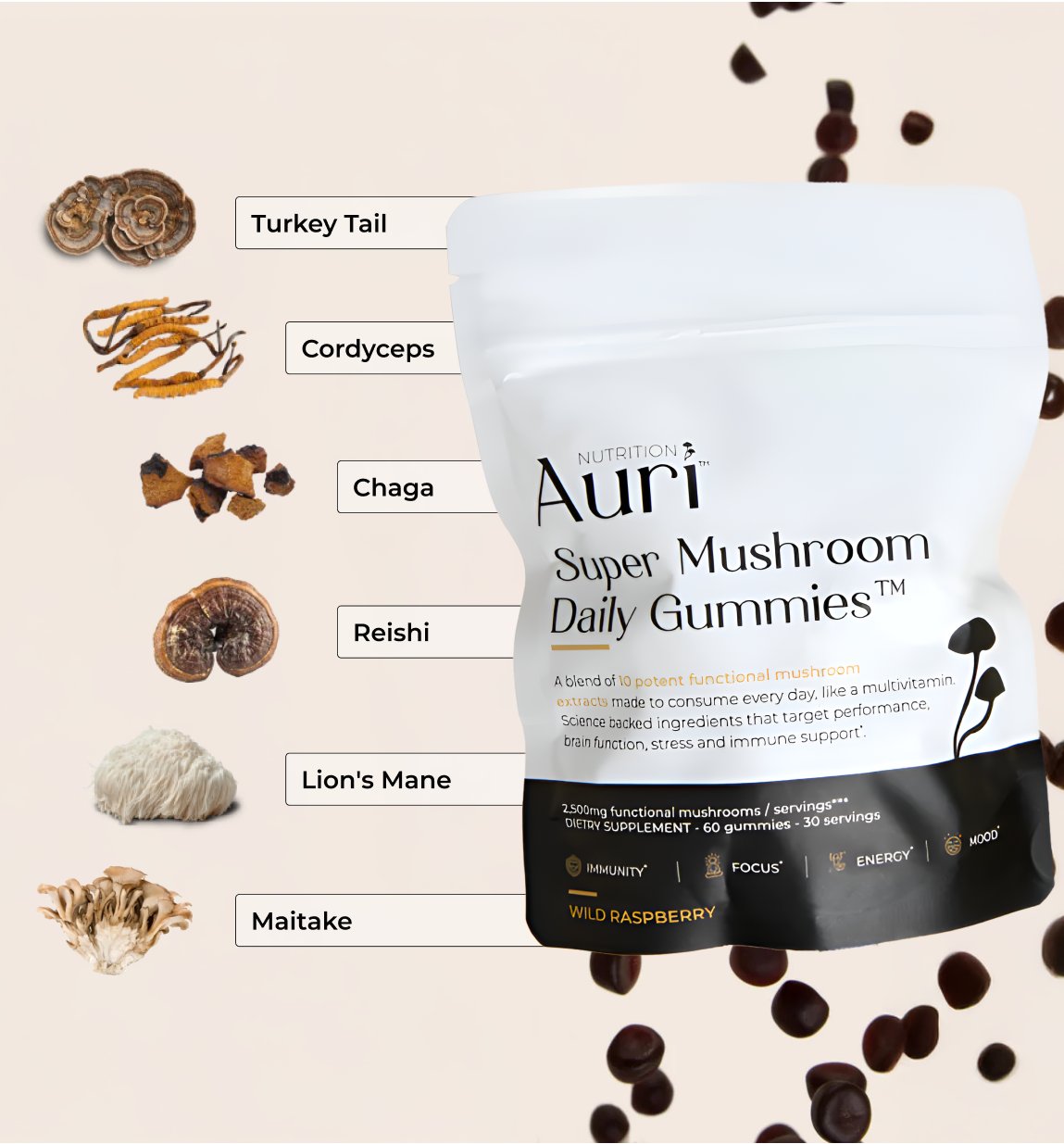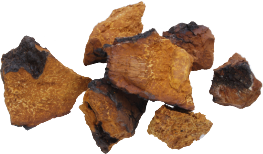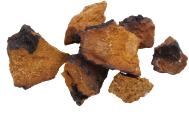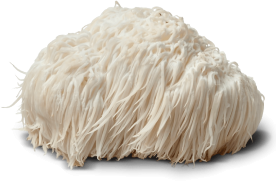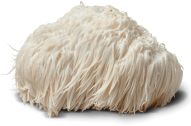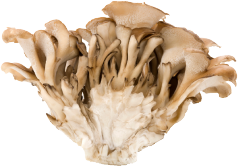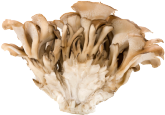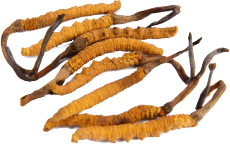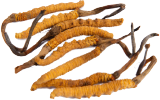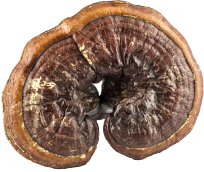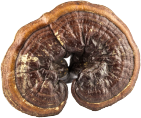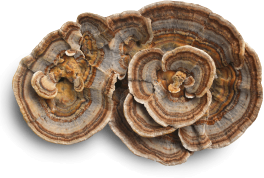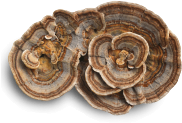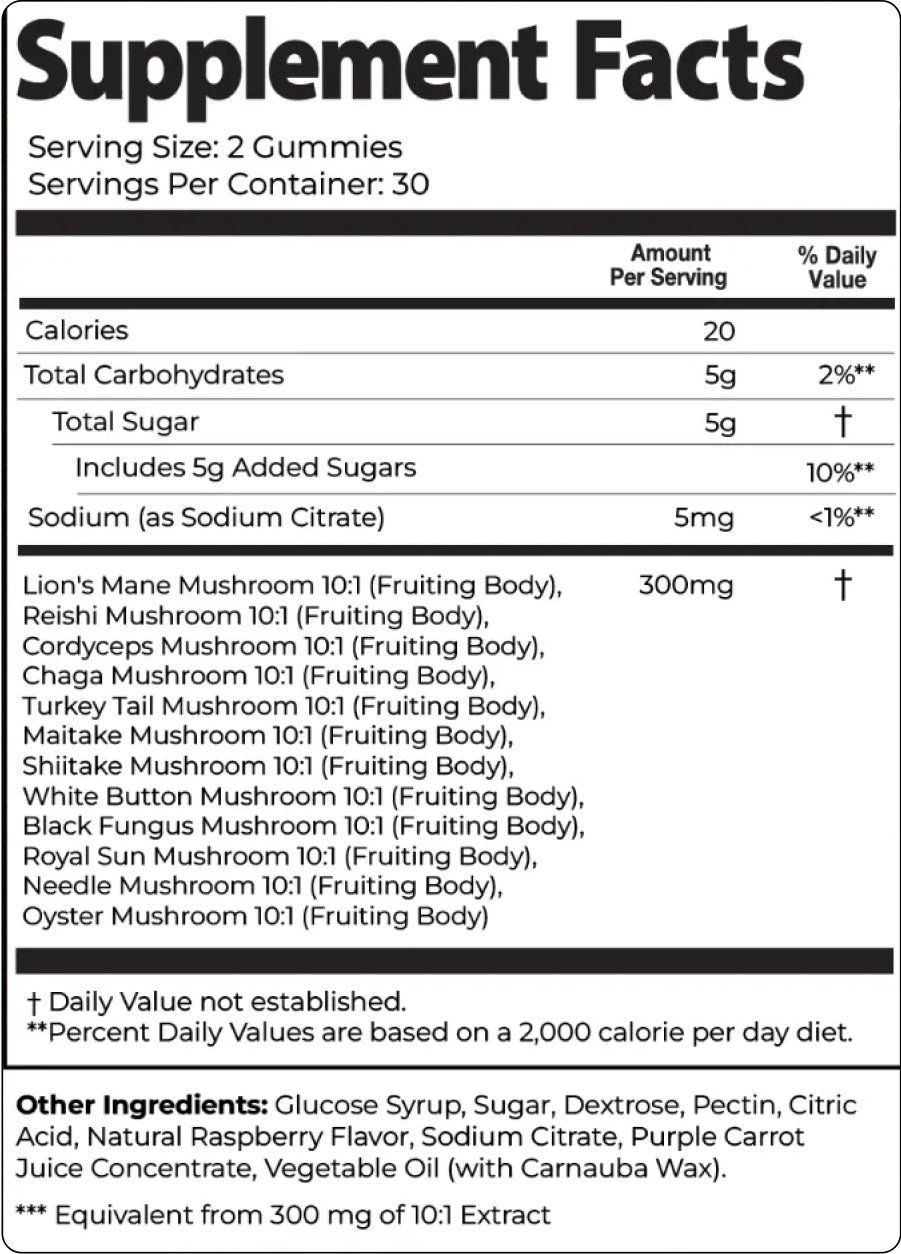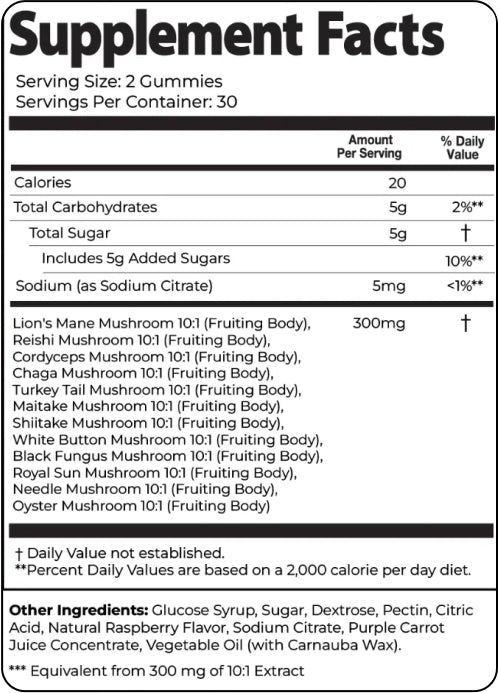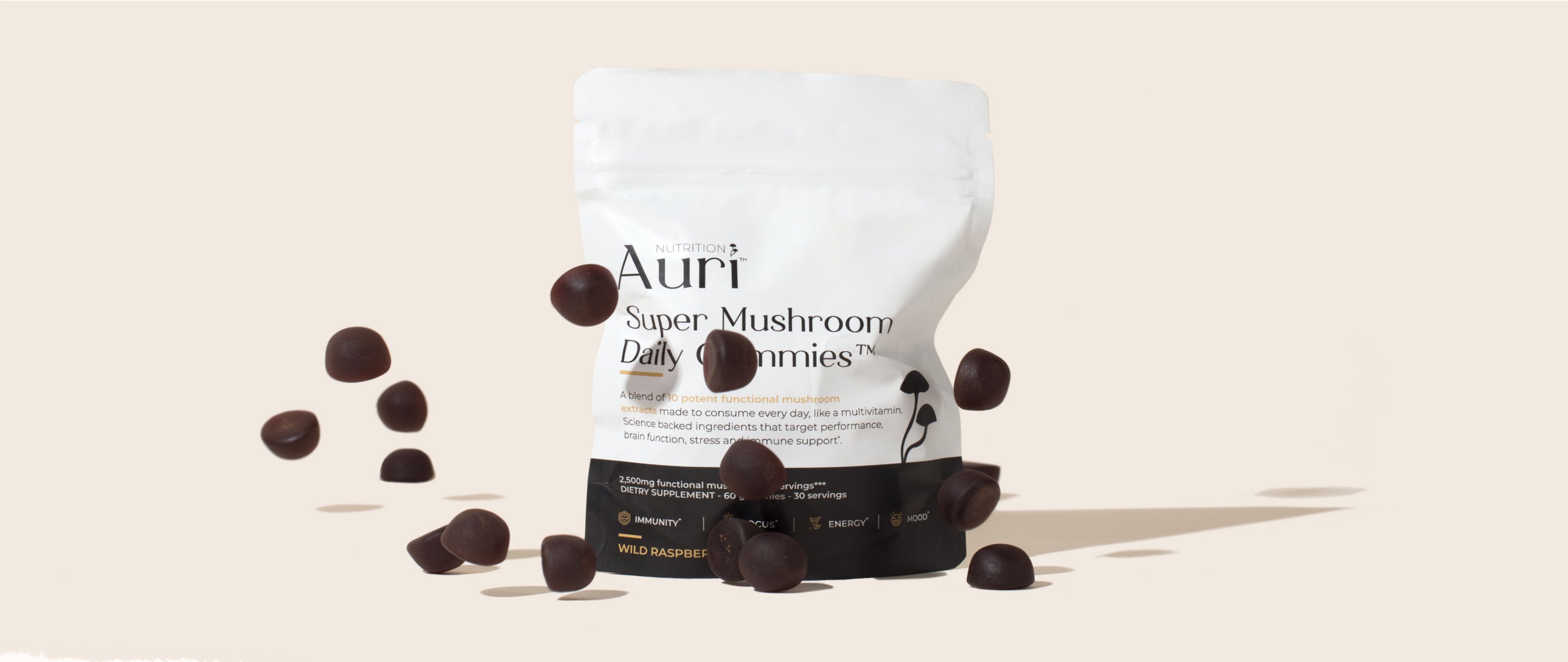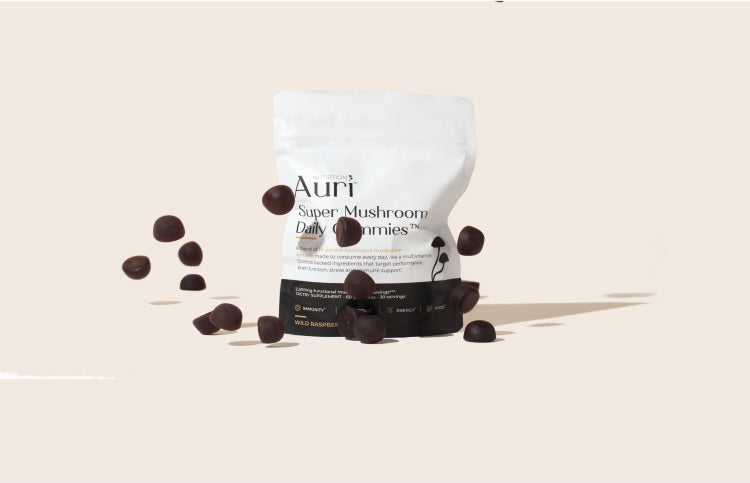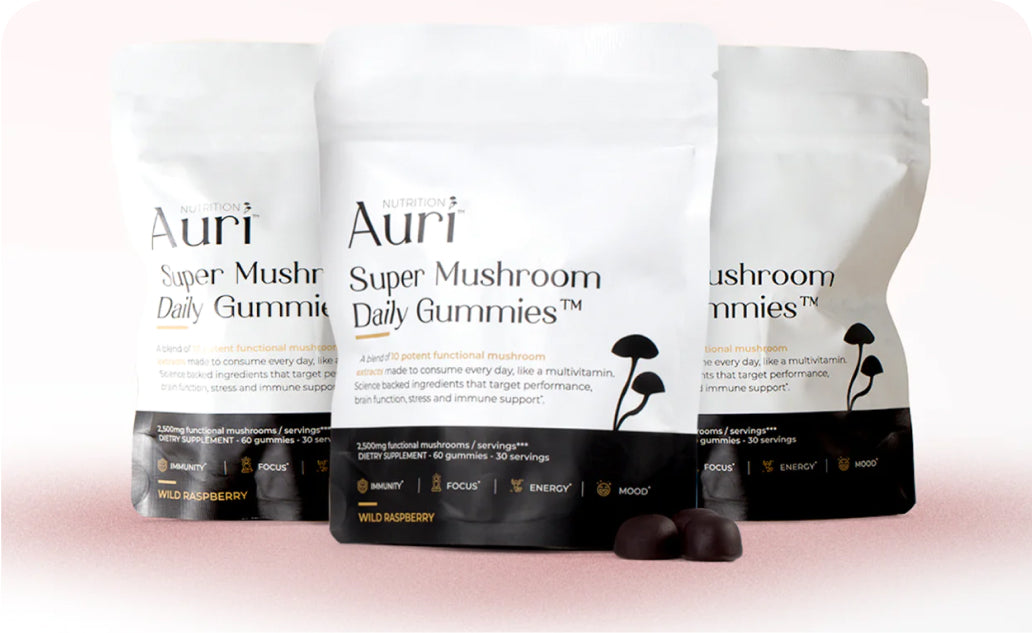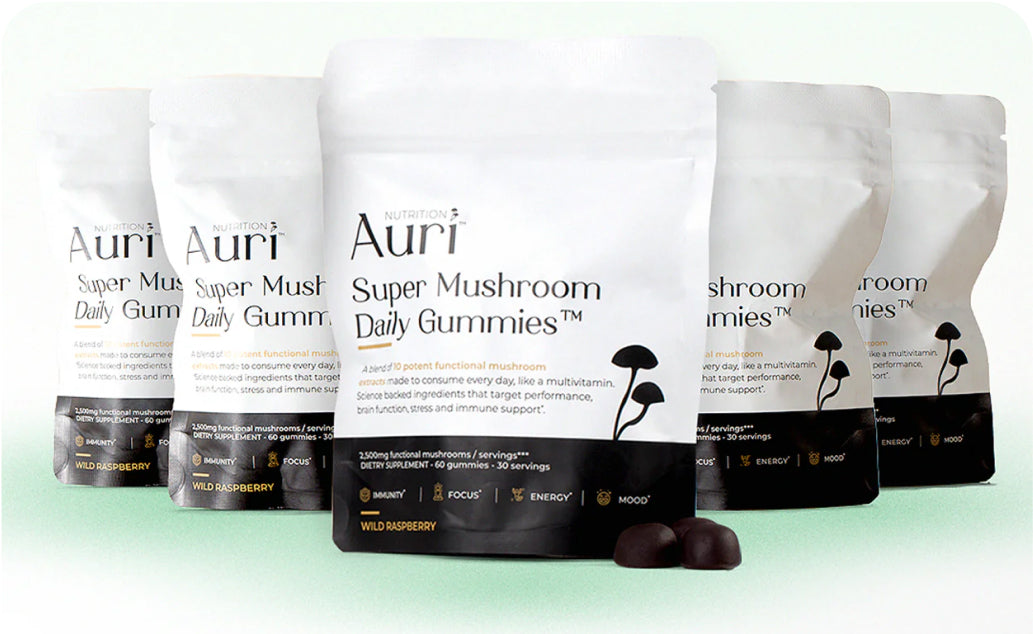Gomitas diarias de súper hongos®
"It's nootropic benefits really come to light after the first week with my mood improving, my focus sharpening and an overall sense of increased well being"
Rebecca R., United States
Here's what you'll get:
We recommend subscribing to explore a variety of our delicious mushroom gummies and elixirs!
-
Free US Shipping On Orders $75+
-
Fast 3-5 Day US Delivery
-
60-Day Moneyback Guarantee
BENEFITS
A Gummy To Become Your Best Self
-
Support Focus & Memory*
Lion's Mane contains a unique group of chemicals known as hericenones and erinacines. These compounds have been shown to support focus, memory function, and mood! -
Improve Inflammatory Response*
The blend of mushrooms we use in our supplements are rich in anti-inflammatory components, such as polysaccharides, phenolic and indolic compounds, mycosteroids, fatty acids, carotenoids, vitamins, and biometals, shown to support a normal inflammatory response. -
Improve Gut Health*
The Turkey Tail included in our blend contains nutrients to support healthy gut bacteria. It has been shown to help balance good microbes, while also supporting cellular energy production. -
Immune System Support*
With our mushroom blend you'll get daily immune system support with polysaccharides and bioactive chemicals.
UNLOCK MORE BY SUBSCRIBING
Unlock More with Subscription - Free Shipping, Discounts & VIP Benefits

|
One-Time Purchasers | |
|---|---|---|
FREE SHIPPING On First Order |
||
SUPRISE GIFT With First Refill |
||
NO CONTRACT Cancel With Ease |
||
OUT OF STOCK PROTECTION |
||
EXCLUSIVE DISCOUNT |
||
HASSLE-FREE CONVENIENCE |
MOST SUPPLEMENTS WASTE YOUR MONEY
Our bodies are not efficient — only a small share of what we consume gets absorbed into our bodies. As a result, the supplements that we take into the stomach produce little to no result. Try gummy supplements and increase absorption rates up to 90%.
Auri Mushroom Gummies
Capsule / Tablet Supplements
INSIDE THE GUMMIES
Powerful Mushroom Formula for Overall Well-Being
-
Immunity* Chaga
Contains antioxidants that support response to oxidative stress
-
Focus* Lion's Mane
Supports mental clarity, focus, and memory. Known to support natural production of Nerve Growth Factor (NGF).
-
Heart* Maitake
Supports the immune system thanks to containing beta-glucans
-
Energy* Cordyceps
Revered for its ability to support cellular energy production, cognition, and the immune system
-
Calm* Reishi
Adaptogenic in nature and supports cellular energy, stamina, and normal stress response
-
Gut Health* Turkey Tail
Contains cellular nutrients that support gut microbiota and immune health
TASTY & DELICIOUS
Mushrooms have never tasted THIS good before. Get the mushrooms you love and benefit from, without the nasty taste from powders and oils.
-
NOGMOs, GELATIN, ALCOHOL, FOOD DYES, FILLERS & JUNK
-
YESVEGAN, GLUTEN FREE, TASTES GREAT, REAL MUSHROOMS, LAB TESTED
DON'T TAKE OUR WORD...
Loved By Thousands Around The Globe
OUR PROMISE
-
Feels (and tastes like) magic.
-
Crafted carfully with premium ingredients
-
Rigorously lab tested
60-DAY MONEYBACK GUARANTEE
We’d be shocked if you didn’t feel the effects, and enjoy the benefits of the Super Mushroom Daily Gummies. But in the highly unlikely event that you’re not happy in any way — we’ll give you every cent back. No hassle. No hoops to jump through.
You’re protected by our 60-Day 100% Moneyback Guarantee. Email us at hello@tryauri.com and we’ll return every dollar you paid.
BUNDLE & SAVE MORE!
UP TO $100 OFF-

-
3 PACK - 90 SERVINGS
-
$45 OFF
Gomitas diarias de súper hongos®
Spring Sale EXCLUSIVE$104.99$177.95 -
-

-
5 PACK - 150 SERVINGS
-
$100 OFF
Gomitas diarias de súper hongos®
Spring Sale EXCLUSIVE$150.00$299.99 -
FAQs
Use the below FAQ topics to find an answer! Still need help?
Please email us at hello@tryauri.com :)



